Empowering Tomorrow: Arizona Universities Redefine Engineering Education for Women
Leading with Purpose: Arizona’s Female STEM Students Set New National Benchmarks
Arizona’s economic rise is increasingly driven by its investment in youth talent, particularly through the strategic efforts of its public universities. As the state’s engineering and technology sectors expand rapidly, Arizona State University (ASU), Northern Arizona University (NAU), and the University of Arizona (U of A) are emerging as key institutions fuelling innovation. These universities are not only preparing the next generation of engineers but are also addressing talent demands across vital sectors such as semiconductors, healthcare, and advanced manufacturing.
According to the U.S. Bureau of Labour Statistics, engineering occupations are projected to generate approximately 195,000 job openings annually between 2023 and 2033, well above the national average growth rate. In response, Arizona’s universities have intensified their efforts, with a notable 30% rise in female engineering enrolment since 2017. These institutions are producing graduates whose contributions are already shaping real-world applications, even before they leave campus.
Female students, in particular, are achieving remarkable success, winning national competitions, securing research grants, and even filing patents. To honour such achievements, International Women in Engineering Day, observed on 23 June, is widely supported by the Arizona Board of Regents (ABOR) and the universities, reinforcing the significance of gender equity in STEM. ABOR Chair Cecilia Mata has affirmed Arizona’s status as a national leader in engineering, emphasising the need for continued investment in public higher education. She also highlighted the importance of increasing women’s participation in technical fields, citing its value in building a more inclusive and sustainable talent pipeline.
Furthermore, Arizona’s rapid population and industrial growth have led to heightened competition for skilled labour. Industry leaders have identified talent shortages—not capital or technology, as the primary constraint on expansion. In response, initiatives like AZ Opportunity, supported by ABOR and partner institutions, are bridging the gap by developing a workforce that is innovative, adaptable, and future-ready.
This growing institutional reputation is underpinned by inspiring student achievements across the state. At ASU’s Ira A. Fulton Schools of Engineering, five biomedical engineering students, Jocelyne Espinoza, Simone LaMagna, Riley Perez, Kylie Peterson, and Alexis Williams, formed FemEng Health Solutions. Their capstone project addresses postpartum haemorrhage, a major cause of maternal mortality, by developing a device that enables real-time alerts to medical staff. With a provisional patent filed, the group aims to deploy the technology in Arizona’s healthcare system.
The team also reflected on the challenges women face in engineering and encouraged future students to persist and seek support. LaMagna, in particular, urged them to "stick with it" and believe that “girls can do math and science.” At NAU’s Steve Sanghi College of Engineering, students Alicia Corona, Claire Mitchell, and Norma Munoz created Tense Med Mechanics, a capstone project focused on photobiomodulation, a non-invasive technique that uses LED light to stimulate cardiovascular cell activity. The project enhanced both their technical skills and soft skills, such as collaboration, adaptability, and communication. All three are now advancing their careers in mechanical engineering.
Meanwhile, at the University of Arizona, engineering students Macie Balkan, Kenadee Carruthers, Reuel Florendo, Lauren Johnson, and Lily Trenkamp became the first all-female team to win a national design-build competition. Tasked with developing an airport terminal expansion under a $100 million budget, they produced a comprehensive proposal that integrated civil and architectural engineering principles. The students credited their achievement to teamwork and the university’s commitment to experiential learning. Reflecting on their success, Johnson encouraged other aspiring engineers to “be visible and vocal” in their pursuits.
These student-led innovations reflect the broader mission of Arizona’s public universities: to nurture not only capable engineers but also future leaders. Through inclusive practices, bold thinking, and a deep connection to real-world impact, ASU, NAU, and the U of A are shaping a workforce that is ready not just for the future but to lead it.
Editor’s Note:
Arizona’s public universities are showing how focused educational policies can unlock opportunities for young people, especially women, in engineering and technology. What stands out most is not only the increase in female enrolment, but the support these students receive to lead major projects, bring new ideas to life, and even apply for patents before graduating. These stories are more than inspiring; they show that when universities create an encouraging and inclusive environment, students gain both skills and confidence. Initiatives like AZ Opportunity and real-world capstone projects are helping women build careers in fields that have long lacked gender balance. They are gaining hands-on experience, teamwork abilities, and visibility that will benefit them throughout their careers.
Skoobuzz recognises Arizona’s universities for their forward-thinking approach to education, one that not only equips women with career-ready skills but also positions them to influence and lead within rapidly evolving industries. This initiative highlights how education, when designed with purpose and inclusivity, can catalyze both personal growth and systemic change.







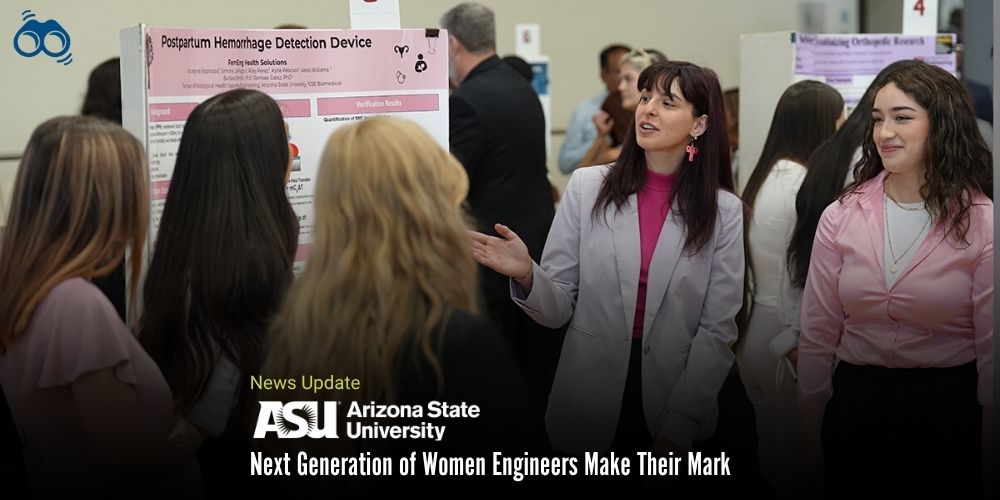
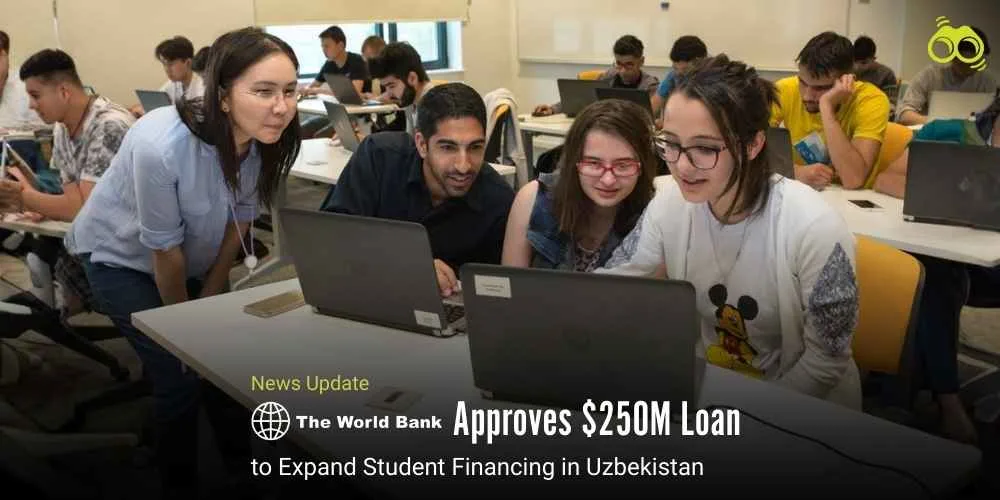

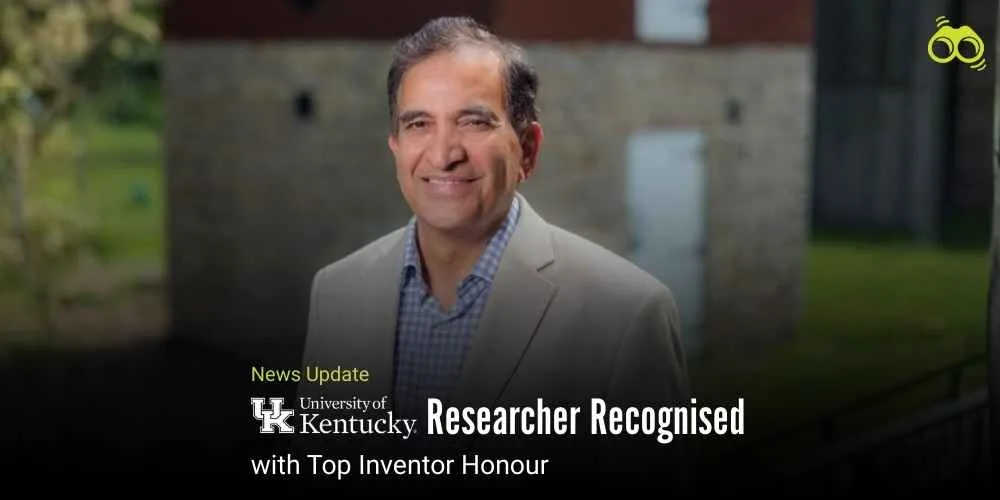
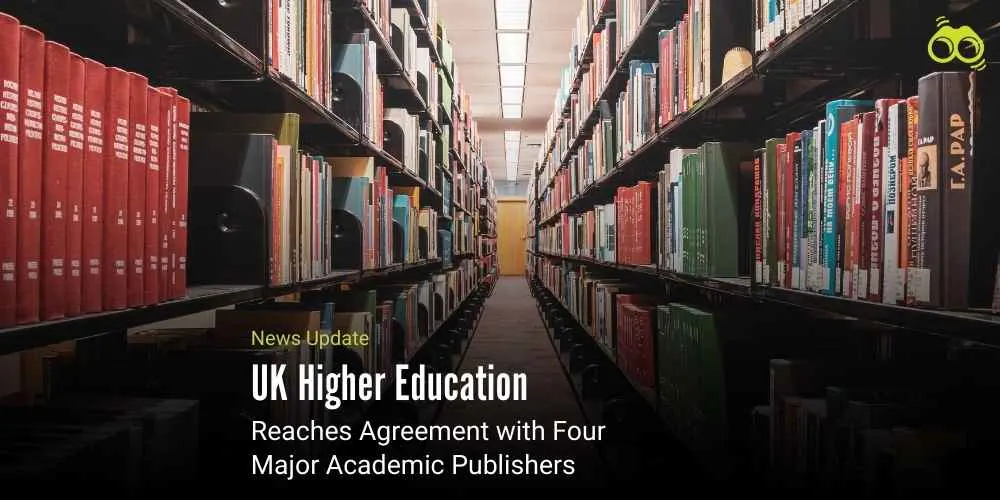
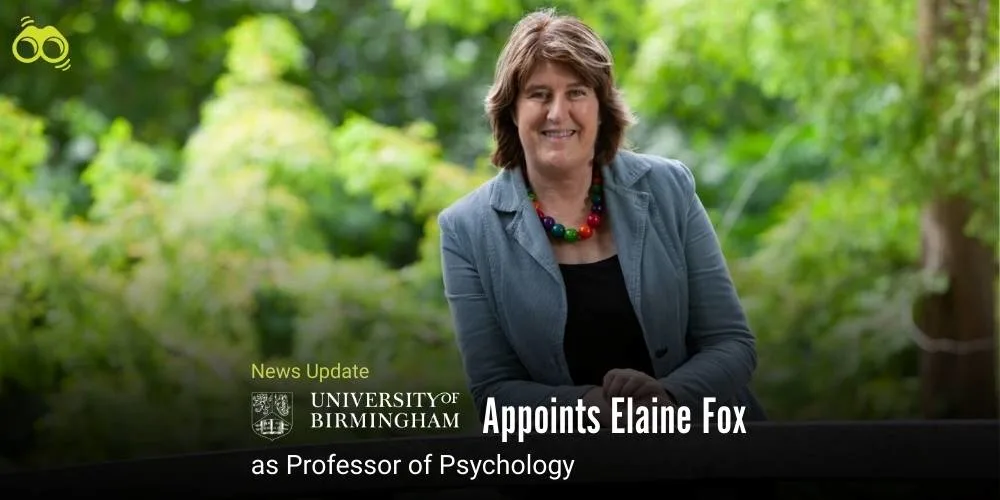

0 Comments (Please Login To Continue)